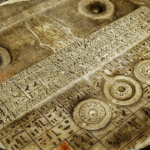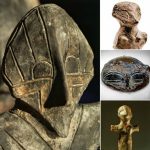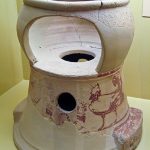Coronation Chair, Stone of Destiny Symbol.

Since its creation by order of King Edward I in the 13th century, the Coronation Chair has stood as a timeless symbol of royal authority and continuity in the United Kingdom. Commissioned originally to house the Stone of Destiny, also known as the Stone of Scone, this historic artifact has played a central role in the coronation ceremonies of English and later British monarchs for centuries.

The story of the Coronation Chair begins with King Edward I of England, who ordered its construction in 1296. His intention was to create a fitting receptacle for the Stone of Destiny, a revered relic that symbolized the sovereignty of the Scottish monarchy. The Stone itself had been taken from Scone Abbey in Scotland by Edward I as a spoil of war during his campaigns in 1296, marking a significant moment in the tumultuous history between England and Scotland.
Originally intended as a “relic case,” the Coronation Chair was designed to house the Stone of Destiny beneath the seat. This arrangement was not merely symbolic but also carried profound political and cultural implications, as it signified English dominance over Scottish sovereignty during that period. The incorporation of the Stone into the coronation rituals of English kings underscored its role as a legitimizing symbol of royal authority and divine right.
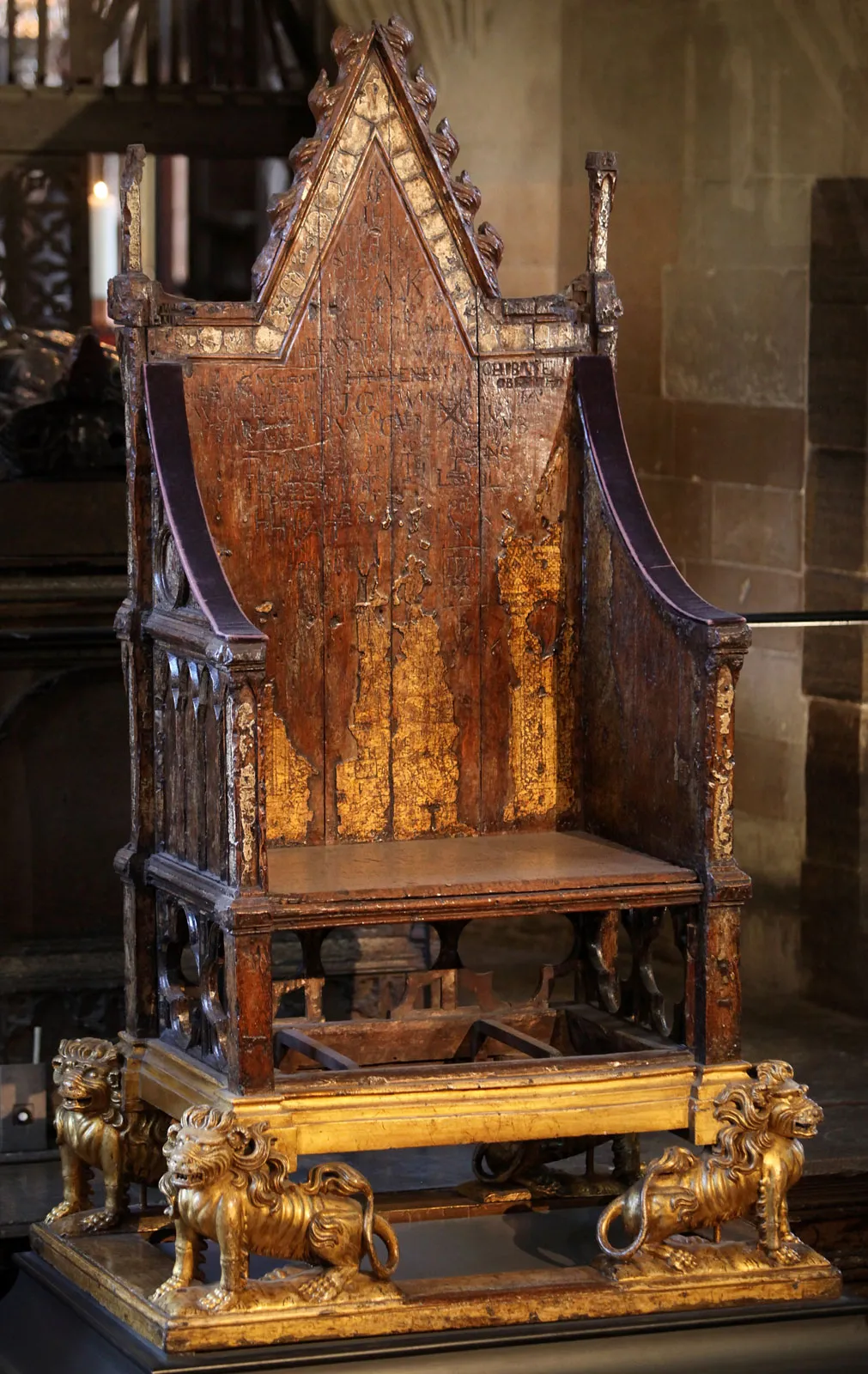
Since its creation, the Coronation Chair has been used in the coronation ceremonies of 26 monarchs, beginning with King Edward II in 1308. It has witnessed pivotal moments in British history, including the coronations of monarchs such as Queen Elizabeth I, Queen Victoria, and Queen Elizabeth II, thereby cementing its status as an enduring emblem of monarchy in the United Kingdom.
The significance of the Stone of Destiny, housed within the Coronation Chair, extends beyond its material form. It represents the continuity of royal lineage and the resilience of monarchical institutions through centuries of political change and social upheaval. Its presence in coronation ceremonies serves as a solemn reminder of the traditions and rituals that bind the monarchy to its ancient roots and the faith of its people.
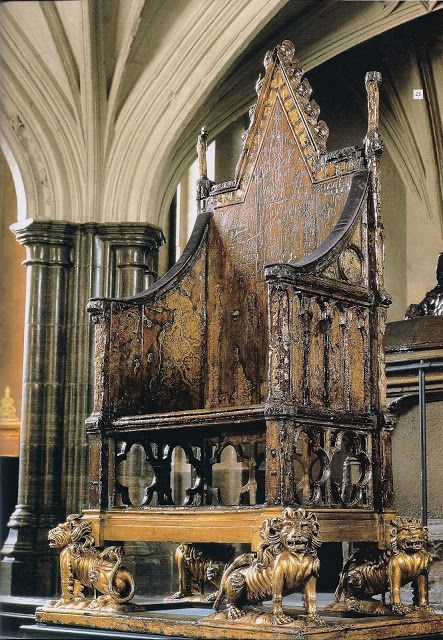
In 1996, following centuries of debate and diplomatic negotiations, the Stone of Destiny was returned to Scotland and placed in Edinburgh Castle, where it remains a potent symbol of Scottish national identity and pride. Despite its relocation, the Coronation Chair continues to hold immense cultural and historical significance in Westminster Abbey, where it stands as a tangible link to the past and a testament to the enduring power of symbols in shaping collective memory.
In conclusion, the Coronation Chair and the Stone of Destiny exemplify the intertwined histories of England and Scotland, marked by conquest, resistance, and eventual reconciliation. As a vessel for both sacred relic and royal tradition, the chair encapsulates the complex dynamics of power and symbolism that have defined British monarchy for over seven centuries. Its presence in Westminster Abbey continues to inspire awe and reverence, reminding us of the enduring legacy of kingship and the enduring ties that bind the nations of the United Kingdom.
